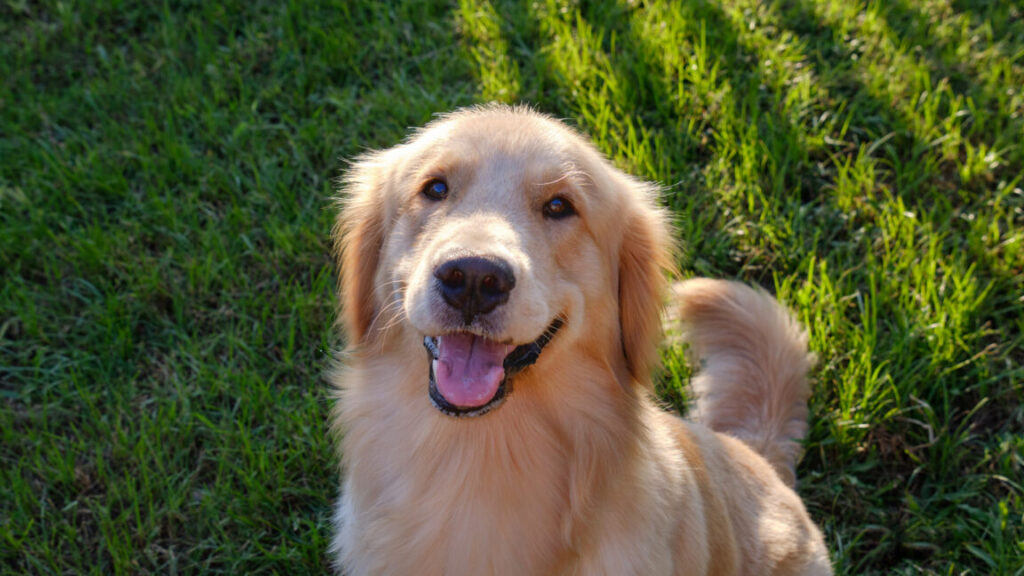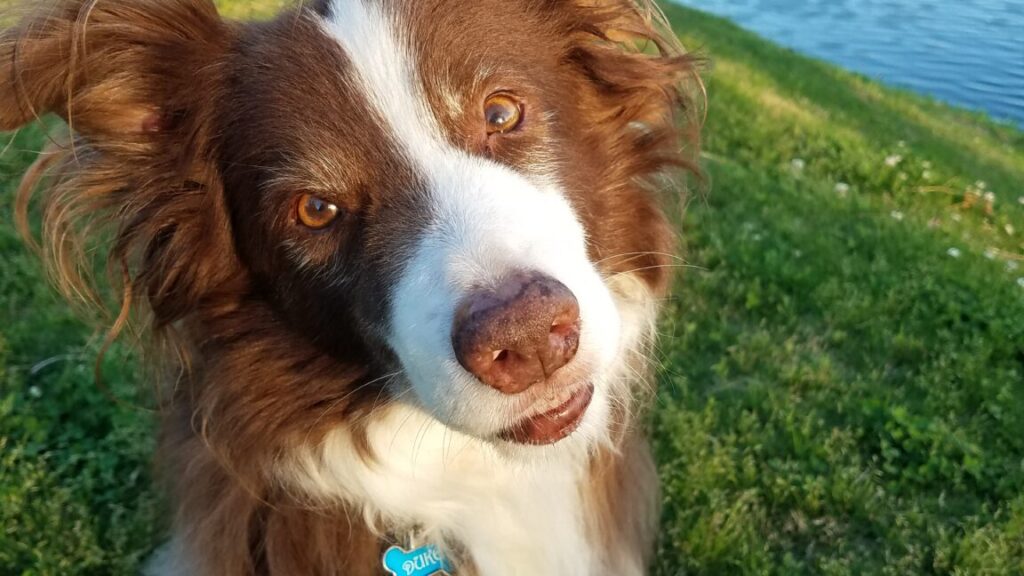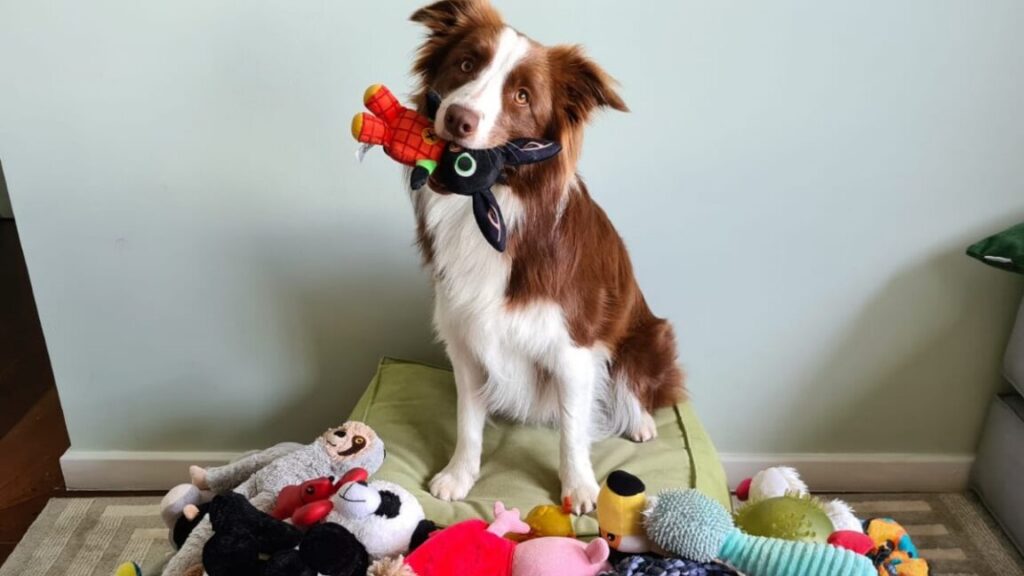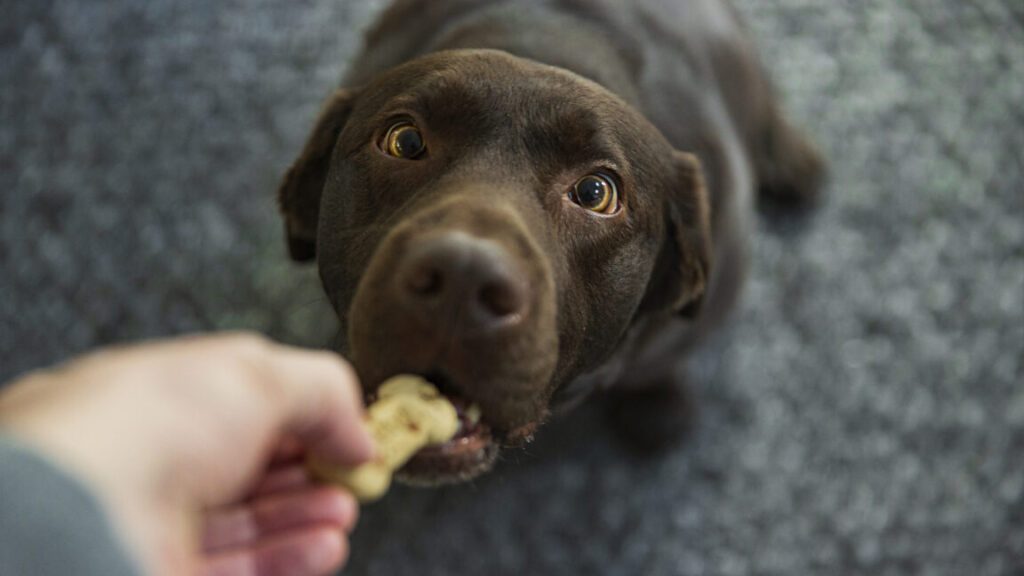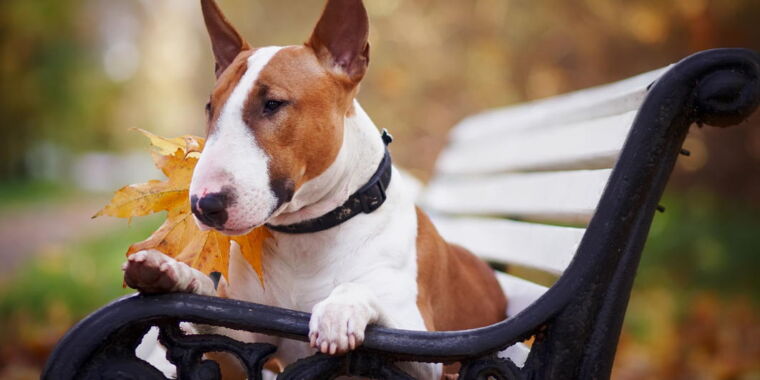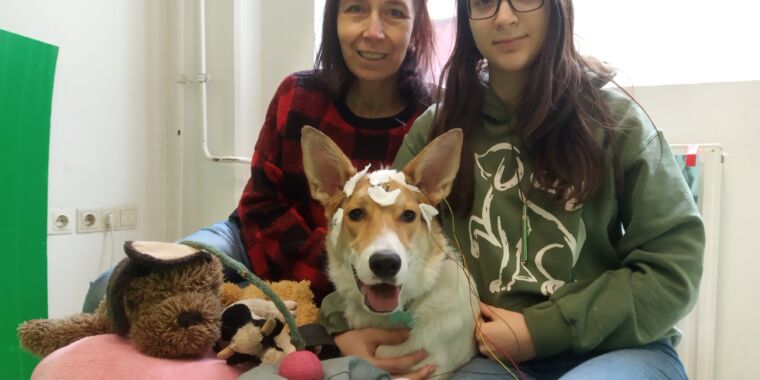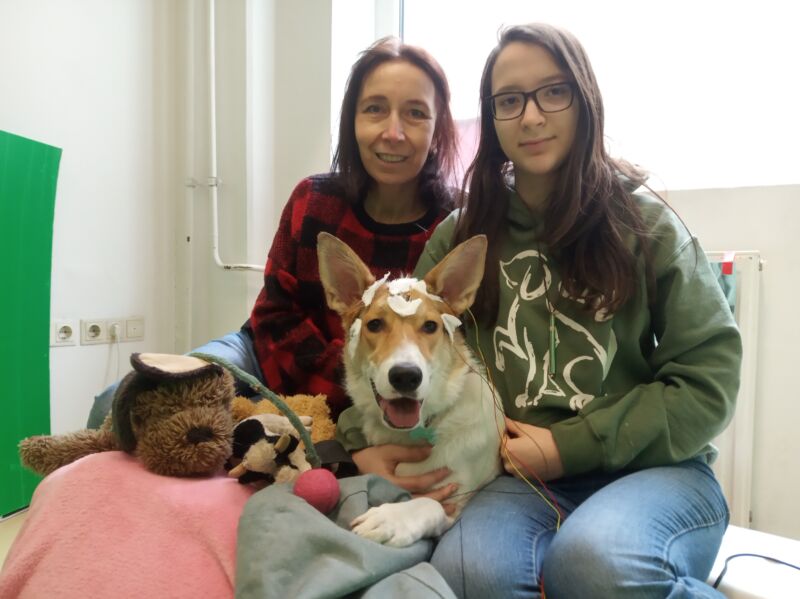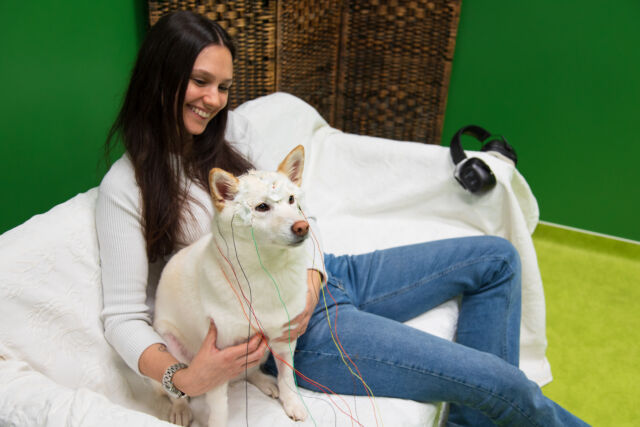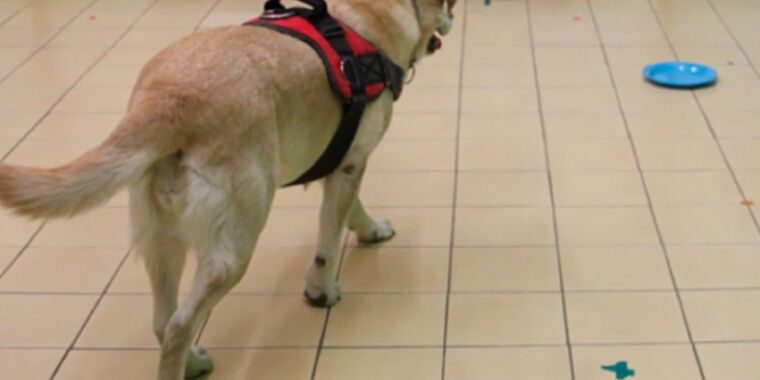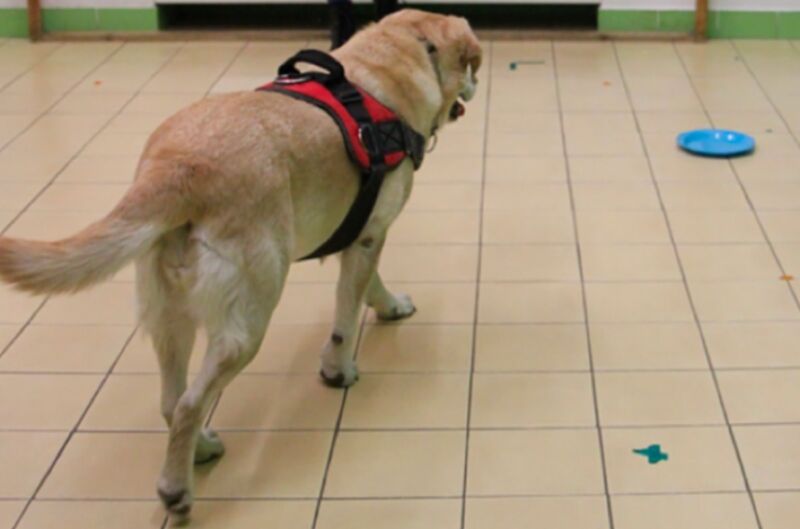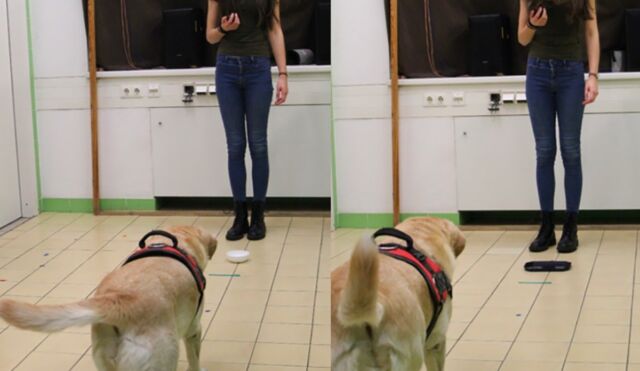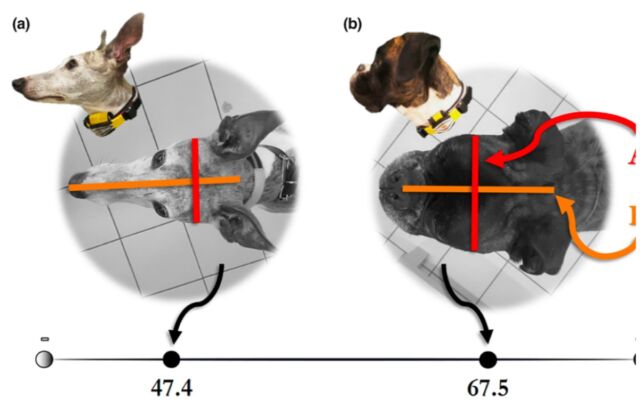Many genes associated with dog behavior influence human personalities, too
Many dog breeds are noted for their personalities and behavioral traits, from the distinctive vocalizations of huskies to the herding of border collies. People have worked to identify the genes associated with many of these behaviors, taking advantage of the fact that dogs can interbreed. But that creates its own experimental challenges, as it can be difficult to separate some behaviors from physical traits distinctive to the breed—small dog breeds may seem more aggressive simply because they feel threatened more often.
To get around that, a team of researchers recently did the largest gene/behavior association study within a single dog breed. Taking advantage of a population of over 1,000 golden retrievers, they found a number of genes associated with behaviors within that breed. A high percentage of these genes turned out to correspond to regions of the human genome that have been associated with behavioral differences as well. But, in many cases, these associations have been with very different behaviors.
Gone to the dogs
The work, done by a team based largely at Cambridge University, utilized the Golden Retriever Lifetime Study, which involved over 3,000 owners of these dogs filling out annual surveys that included information on their dogs’ behavior. Over 1,000 of those owners also had blood samples obtained from their dogs and shipped in; the researchers used these samples to scan the dogs’ genomes for variants. Those were then compared to ratings of the dogs’ behavior on a range of issues, like fear or aggression directed toward strangers or other dogs.
Using the data, the researchers identified when different regions of the genome were frequently associated with specific variants. In total, 14 behavioral tendencies were examined, and 12 genomic regions were associated with specific behaviors, and another nine showed somewhat weaker associations. For many of these traits, it was difficult to find much because golden retrievers are notoriously friendly and mellow dogs, so they tended to score low on traits like aggression and fear.
That result was significant, as some of these same regions of the genome had been associated with very different behaviors in populations that were a mix of breeds. For example, two different regions associated with touch sensitivity in golden retrievers had been linked to a love of chasing and owner-directed aggression in a non-breed-specific study. That finding suggests that the studies were identifying genes that may be involved in setting the stage for behaviors, but were directed into specific outcomes by other genetic or environmental factors.
Many genes associated with dog behavior influence human personalities, too Read More »
